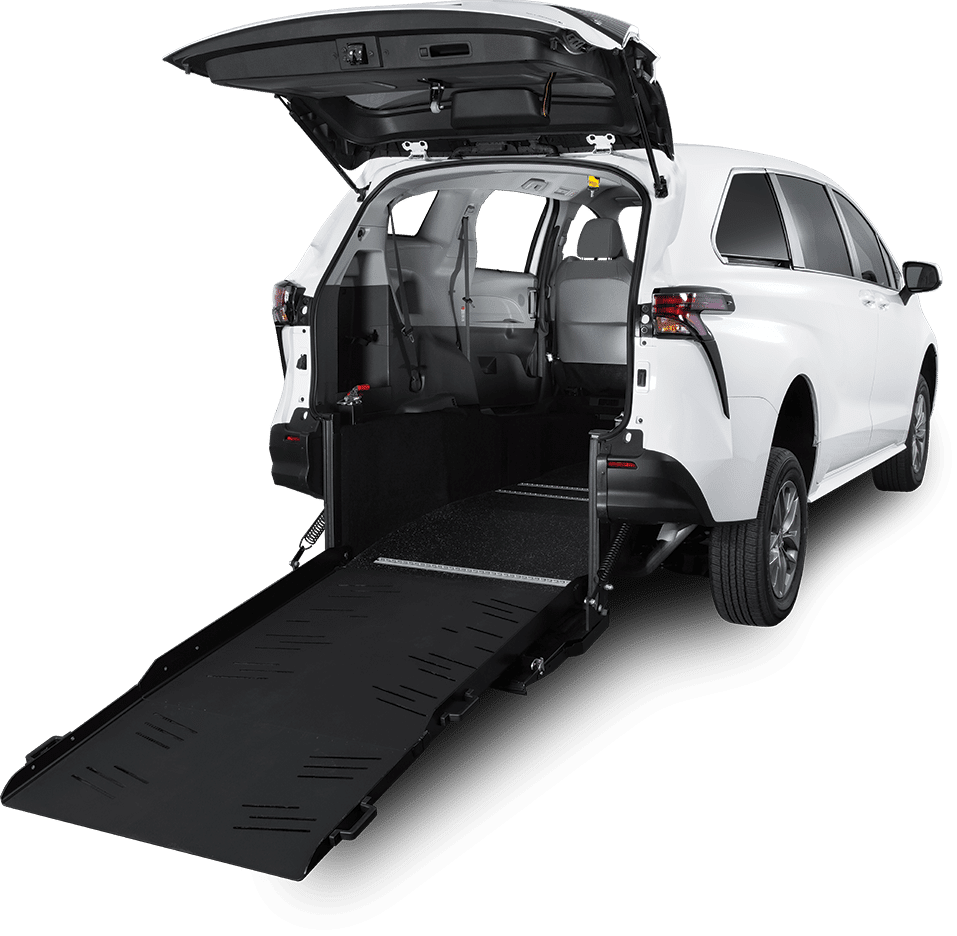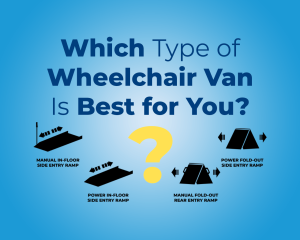Disabled military veterans may be eligible for significant financial assistance toward the cost of a handicap accessible vehicle. Benefits for disabled veterans comes from organizations including Veterans Affairs, USAA, vehicle manufacturers, VMI’s Operation Independence, and others. In some cases, veterans can receive a handicap van at little-to-no cost. How much or how little financial aid a veteran receives typically depends on the severity of their disability.
Each aid program has different stipulations for how help is given and to whom. Visit VMI’s list of common veteran aid organizations and how they help. In this post, we’re diving into the organization nearly every U.S. veteran seeks financial aid from: Veteran’s Affairs.
For the VA, financial aid decisions are largely based on a veteran’s “disability rating” and whether their disability is “service-connected.” Both of these classifications are considered for distribution under the VA’s 4502 automotive grant.
What is Your VA Disability Rating?
Your VA disability rating is a numerical value, ranging from 0-100 percent, that determines the severity of service-connected medical conditions and assigns a rating to each condition, which dictates the amount of financial aid a veteran receives from the VA. The VA determines this rating based on several factors, including your military records or the evidence you submit alongside your financial aid claim.
Certain circumstances might get you more aid:
- You have very severe disabilities or are missing limbs.
- You have financial dependents, such as a spouse, children or dependent parents.
If you need help navigating how your disability rating affects what type of financial aid you get toward a handicap van or mobility solution, then get in touch with VMI’s Veteran’s Advocates.
During your chat with VMI’s Veteran Advocates, you’ll be asked whether your disability is service-connected. Here is what that means, and how it affects your financial aid claim with the VA.
What are “Service-Connected” and “Non-Service Connected” Disabilities?
Service-connected and non-service connected are terms that define disability types in the VA health system. An Idaho VA branch defines the terms, saying “service connected means that the veteran is disabled due to injury or illness that was incurred in or aggravated by military service. Non-service connected means that the veteran is disabled due to injury or illness not related to military service.”
Regarding wheelchair vans, service-connected benefits and non-service connected benefits fall under the prosthetics and vehicle modifications classification.
The category your disability lands in, which is assigned by the VA during the claims process or medical evaluation, determines whether you’re eligible for disability compensation from the VA.
VA Compensation Eligibility
The first step is establishing whether the VA considers you disabled because of your active military service. Over the course of six months to a year, the VA determines service-related disabilities and possible compensation in the following ways:
Direct: medical records show the disability was diagnosed during active military service and continues to cause adverse effects.
Aggravation: a pre-existing medical condition becomes aggravated beyond normal progression during military service.
Presumptive: the VA predetermines a disability is presumed possible for service connection by time, place and type of service.
Secondary: the disability developed in consequence of, or connected with, a different service-connected disability.
Injury caused by VA medical treatment: medical treatment at a VA facility caused or aggravated a disability. This also covers some cases of death that can be linked to medical treatment at a VA facility.
If you have any questions about how VA financial aid or other financial assistance programs can help you achieve your mobility goals, then don’t hesitate to get in touch with a VMI Veteran Advocate. You can also get help with the compensation claims process by contacting accredited Veterans Service Organizations.


















